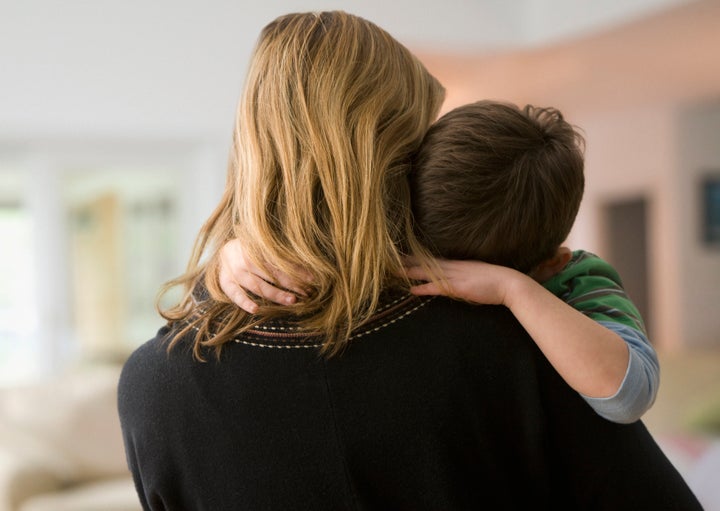
I co-run a support group for parents of children with cancer. Every week we have many applications to join, and every week we hear the same stories as our own, all those years ago when our own children were diagnosed.
From our experience, parents - most often mothers - are sent away by GPs who lack the awareness to refer the child for tests that would define, one way or another, what should happen next. We are told we are anxious, neurotic, hormonal, asked about our cycles, our stress levels, our other children, our child’s anxiety, our relationships, diet, sleep, work, and debt. The unhappy child with the symptoms is simply the recipient of our projections, which makes it even harder to take when you do, eventually, get referred and are told how “early diagnosis can make so much difference” in tones that suggest you haven’t spent the last several months just spitting in the wind.
Then you have to break the news to your family, employer, school, and anyone else who needs to know that from right now until some unspecified future point, you are not available. The reactions are mixed, some doubting, some hostile, and usually based on images of smiley bald kids they’ve seen on telly, and the much-quoted “80% survive” statistic. That also means that 20% still don’t survive, and if 10 - 11 kids a day are being diagnosed with cancer or leukaemia in the UK, then by extension, that means that every day, two children die.
This is in stark contrast to the widely made assumptions: “Children can’t get ‘full blown’ cancer”; “At least they won’t have adult chemo”; “They can cure all that now,” and other really wrong statements, repeated to us as facts, by people who’ve never met childhood cancer head on.
They can get real, proper, life-threatening cancers, and it’s true that they don’t have adult chemotherapies, but that’s not because they’re not needed. Children’s cancers are very different to adult cancers. There are just as many variants (200+) and they are age-specific (some children are born with cancer, some occur in pre-school children, some only occur up to age 14, and others occur in the teens - 24 age group, with some overlap), with largely unknown causes, and as children grow so quickly, their cancers are faster-growing and more aggressive than similar cancers in adults.
It’s been reckoned that children’s chemotherapy begins at <80% of the safe dose for their BMI, while an adult begins treatment at c20% of the maximum safe dose; it’s actually calculated using the patient’s surface area, although children still receive a proportionally higher dose. Margins for error or adjustment are slim. Worse, because of the advances in targeted treatments of adult cancers, immunotherapy, and newly developed drugs, there is an assumption that children are benefiting from the same science, so there’s no need for specific research into their cancers - which is simply wrong.
Some drugs developed for one type of cancer in adults have eventually been found to be effective in the treatment of entirely different cancers in children, but we don’t know how many could be used to treat our kids, because the drug companies don’t need to test a drug for its potential to treat a cancer other than the one is was specifically developed for. All drugs developed for adult cancers are supposed to be trialled for use in kids and teens too, but since there is often little or no correlation between adult and childhood cancers, the drug companies are able to make use of a loophole that allows them to miss out this vital step and simply take the drug to market.
In the last 30 years, huge strides have been made in the treatment of adult cancers, while many kids cancers are still being treated with drugs developed in the 60s, 70s and 80s. The imbalance is pretty horrific, as is the treatment, which far from being targeted, is more like a medical equivalent of bombing Dresden. Some, like my own son, don’t die of cancer but from the effects of treatment and so their deaths are not recorded as cancer deaths, which skews even further the statistics so many are happy to quote. For some children, their cancer has no treatment at all: 80% is a mean average, taken across the whole spectrum of cancers affecting three distinct age groups from birth to 24 years, of kids who survive five years past the end of treatment. They may do so with lifelong disabilities and the constant risk of secondary cancers and relapse, and to be clear, if they die in the sixth year post-treatment, they still count as “survivors” and that’s a bitter pill indeed.
This September my colleagues and I will be making a big deal out of Childhood Cancer Awareness Month and the annual Glow Gold campaign. For the rest of the year, as well as providing support and advice to parents, we push for greater awareness so that more of our children will have a future.